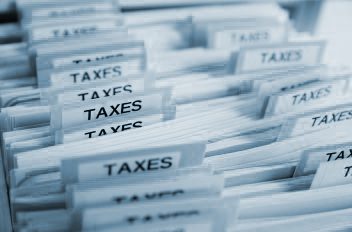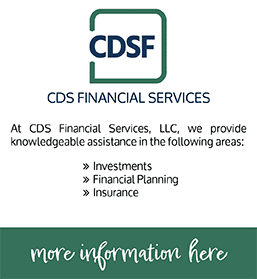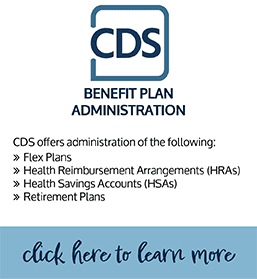NOL Rules Change for Tax Years 2018, 2019, and 2020
There have been two significant tax law changes related to net operating loss (NOL) rules included in the CARES Act. Both of which can provide opportunities for taxpayers to further reduce tax liability in the current year or prior years. Check out the two NOL rule changes:
- NOL carryforward losses. For the 2018, 2019, and 2020 tax years, the existing NOL carryforward rules that limit NOL carryforward losses to 80% of current year taxable income were removed. This allows taxpayers to use more of their carryforward NOL losses in the affected time period and help reduce tax liability further.
- NOL carrybacks. Prior to the CARES Act, NOL carrybacks were generally not allowed (except for some farm losses). The new rule included in the CARES Act allows for NOL losses to be carried back 5 years for losses generated in 2018, 2019, and 2020. This a significant change that could help taxpayers generate tax refunds from prior years and takes losses against income taxed at potentially higher tax rates.
- Tax Years 2019 and 2020. Reporting for NOL carrybacks can be done using a quick refund tax form, if filed prior to the end of following calendar year using tax Form 1045 for individuals and Form 1139 for C Corporations. The main reason for using the quick refund forms for 2019 and 2020 NOL losses is to ensure quicker turnaround time for refund processing by the IRS. The IRS must process the quick refund forms within a 90 day period after receipt. A fax line has been setup to send information to the IRS for both of these forms to help speed up processing.
- Tax Year 2018. Unfortunately, for tax year 2018, this option is no longer available. However, it is important to point out that if a taxpayer had an NOL for tax year 2018, it still makes sense to review amending their 2018 tax return to carryback the losses to prior years. Amended returns will need to be filed instead of using the quick refund forms mentioned previously.
If you have any questions about how this NOL tax strategy applies to your situation, contact your tax professional.





